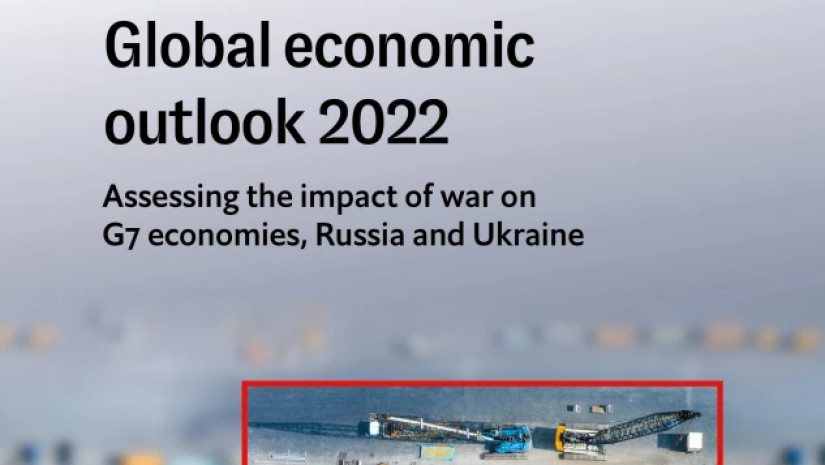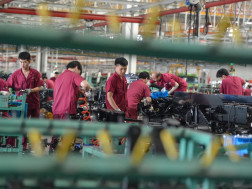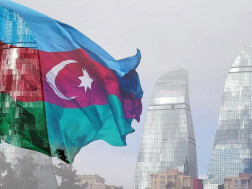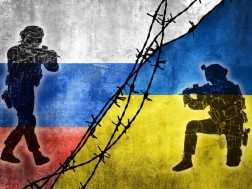The Economist Intelligence Unit (The EIU) published a report on Global Economic Outlook 2022, assessing the impact of war on G7 economies, Russia and Ukraine.
According to the report, Russia’s war in Ukraine will weigh on growth in G7 economies through three main channels: the impact of Western sanctions (which will depress trade with Russia), higher global prices for commodities (fuelling inflation) and supply-chain disruptions (on top of existing, coronavirus-induced bottlenecks). Overall, we believe that global growth will take a 0.5-percentage-point hit this year: we now think that it will stand at 3.4% in 2022, down from a pre-war forecast of 3.9%.
Europe—trade and energy shock double whammy
European economies are the most exposed to the fallout from war in Ukraine. For now, the negative effects of sanctions on the EU will be limited, as those sanctions that have been imposed do not target oil and gas imports from Russia. However, the spike in global commodities prices (not only for hydrocarbons, but also for metals and grains) will add to already high inflation and supply-chain disruptions, weighing on the post-coronavirus recovery.
"We have revised our forecast for growth in the euro zone sharply downwards for 2022, to about 3.3% (from 4% previously). This revision stems from our expectation that the supply and energy shock stemming from the war in Ukraine will shave nearly 1 percentage point from growth in Germany (0.8 percentage points), France (0.7 percentage points) and Italy (1 percentage point). By contrast, we had already factored in a cost-of-living slowdown for the UK economy, and we now expect a minimal further hit to growth (0.1 percentage points), given the limited trade ties between Britain and Russia", - the repoert reads.
North America—(even) higher inflation in sight
The impact of war in Ukraine on North American economies will mostly stem from a rise in commodities prices. Higher inflation will dent the purchasing power of households and prompt the US Federal Reserve (the US central bank) to tighten monetary policy aggressively; we expect a total of seven rate hikes this year (of 25 basis points each), with another three or four increases on the cards for 2023. More aggressive tightening will depress demand and confidence.
"Against this backdrop, the risks of “stagflation”—slow growth amid high inflation—are on the rise, given the potential for stubbornly high inflation and higher interest rates to choke off growth. Overall, we now expect US real GDP growth of 3% this year (down from a previous forecast of 3.4%). North of the border, we are keeping our forecast for Canada’s growth unchanged so far, at 3.8%; the (negative) impact of higher inflation will be broadly compensated by the (positive) effect of higher global oil prices", - the report reads.
Japan—only a minimal hit to growth
"We have made only minimal revisions to our 2022 real GDP growth forecast for Japan, which now stands at 2.8%. Higher global commodities prices will fuel inflation, dampening the post-coronavirus. recovery in domestic demand. We assume that Japan’s real GDP will recover to pre-coronavirus levels in the second half of 2022, a slower trajectory than in other G7 economies. However, this forecast predates the war in Ukraine and this sluggishness is mainly due to perennial issues, such as low and uneven wage growth weighing on consumer spending", - the repeort reads.
Russia and Ukraine—economic carnage ahead
Russia’s economy will contract by about 10% this year—a worse outturn than after the 1998 financial crisis. Sanctions have made the rouble plunge, fuelling inflation and weighing on households’ purchasing power. Investment will sink amid huge capital outflows and plunging confidence. Declining oil exports, caused by some traders avoiding Russian oil and some countries imposing a ban on Russian energy imports, will further depress growth. Russia will seek China’s support, but this will only partly compensate for the departure of Western firms.
"We assume that Russia’s real GDP will recover to pre-war levels in 2025, meaning that three years of growth will be wiped out. This stark forecast pales in comparison with the situation in Ukraine: we believe that the Ukrainian economy will register a 46.5% recession this year, amid human casualties, the destruction of infrastructure and bleak prospects for the reconstruction of the country. Our forecasts remain subject to caution, but we do not believe that Ukraine’s GDP will recover to pre-war levels for more than a decade (in the late 2030s)", - the report reads.
















